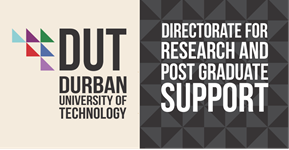Post Covid-19: The New (Ab)normal in South African Higher Education – Challenges with Emergency Remote Learning
DOI:
https://doi.org/10.51415/ajims.v4i1.1008Keywords:
post Covid-19, emergency remote learning, higher education, teaching and learning, pedagogyAbstract
The pandemic has compelled Higher Education Institutions around the world to resort to Emergency Remote Learning (ERL). This abrupt ‘pivot to online’ learning has exacerbated existing challenges in Higher Education, particularly in South Africa. This paper interrogates whether the sudden move to ERL has compounded or ameliorated existing academic challenges for students in Higher Education Institutions. The study summarised herein draws on ‘critical humanising pedagogy’, an approach that centres student needs in the teaching and learning process. In employing student experiences and perceptions of ERL, the study adopted a qualitative approach, with specific focus on students from one of SA’s top five universities. A perturbing finding is that teaching and learning under ERL has regressed into impersonal methodologies, devoid of any notion of pedagogy as the science and art of teaching. More unsettling is that ERL has alienated and disengaged students from learning as a collaborative process. The increased transactional distance between students and academics has desensitised the latter to the peculiar challenges students encounter in the virtual classroom. The study recommends Higher Education should consider student difficulties in adapting to online remote learning and find ways of fostering student-centred pedagogy in virtual classrooms.
Downloads
Downloads
Published
Versions
- 27-07-2022 (2)
- 07-07-2022 (1)





